Table of Contents Show
On December 9th, 2022, Solàna Imani Rowe, widely known by her stage name, SZA, released her long-anticipated third album, “SOS,” five years after her explosive major label debut, “CTRL” (2017). For the R&B singer-songwriter, “CTRL” established her as more than just an industry newcomer to look out for, but also a poet. She is able to take frenetic emotions and experiences and maneuver them into elegiac, self-aware snapshots, while still somehow keeping the messiness that made them so relatable to begin with.
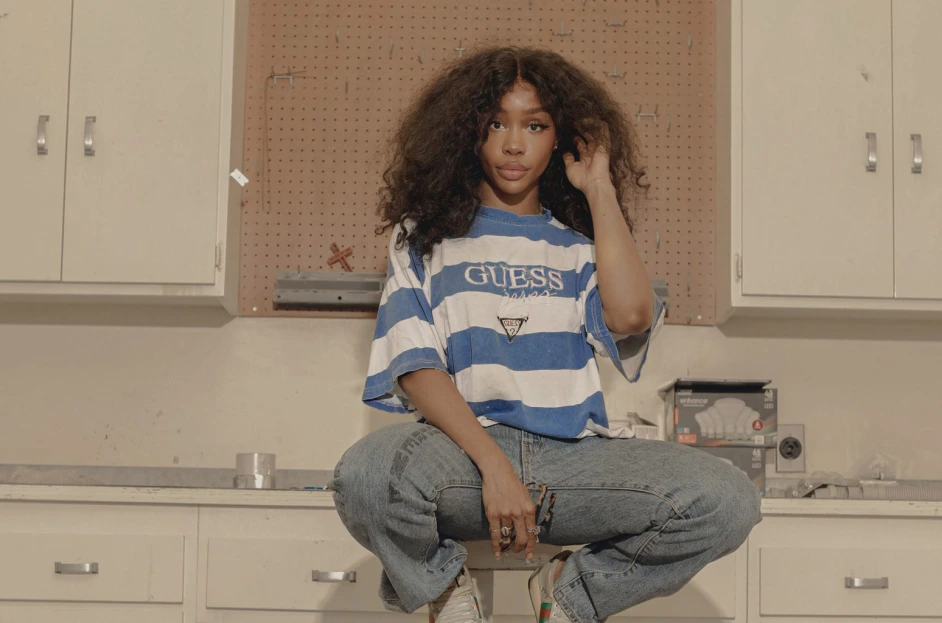
“CTRL” earned her a headline tour, several Grammy nominations, and glowing reviews in some of the most respected publications in music; such as Pitchfork calling the album “opulent” and an “R&B set piece that is unlike any released in recent memory.” (( Lobenfeld, Claire. “CTRL.” Pitchfork.com, 2017. Accessed 10 Feb. 2023. )) — and several Grammy nominations (( Bruner, Raisa. “SZA, The Grammys’ Most-Nominated Woman, Didn’t Win Anything.” Time.com, 2018. Accessed 10 Feb. 2023. )) Due to “CTRL”’s success, the anticipation for “SOS” was high, and made even more searing by the five-year gap in between the releases. Fans wondered if SZA would be able to reach the heights of her second record and, if she did, how would she do it?

With “SOS,” the singer once again soared, coming back to form and then some. SZA’s honest lyricism is sharpened by the luscious production that is un-abiding through the entire hour and eight-minute runtime. The singer has returned to the spotlight unafraid — so unafraid, she’s willing to detail her most tender wounds and, in some cases, abject thoughts, for her listeners. Even so, the R&B superstar doesn’t dwell in sadness for long — she reinvents and reassures herself. After wallowing, SZA makes sure to rebuild using her own laurels.
Let The Despair Begin
Tracks like “Kill Bill” and “Ghost in the Machine” embody the best of the emotional downturns SZA explores in “SOS.” Thematically, each deals with a specific type of pain. “Kill Bill” brings abject horror and — wait for it — homicide to the forefront, while “Ghost in the Machine” delivers a timely take on how our evolving online connections can make us more lonely than ever (( Willets, Melissa. ““Ghost In The Machine” by SZA: The Meaning Behind the Song Broken Down.” distractify.com. Accessed 10 Feb. 2023. ))
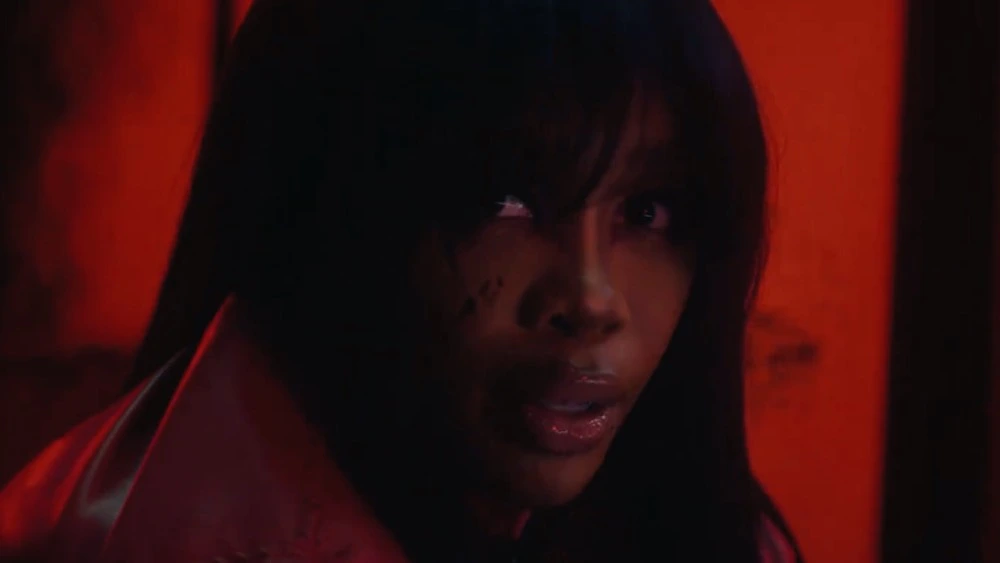
These are very “zoomer” ways of approaching lost love — extreme melodrama and technological criticism. Lyrically, this freshness in how SZA explores emotion helps hammer home the rollercoaster of feelings “SOS” takes us on.
“Kill Bill” Is Out For Blood
On the second track of the album, “Kill Bill,” the singer does not hold anything back, diving headfirst into twisted revenge fantasies that include killing an ex and his new lover. She croons through the chorus,
“I might kill my ex, not the best idea/His new girlfriend’s next, how’d I get here?”
(( “Kill Bill.” Genius.com, 2022. Accessed 12 Feb. 2023. ))
She is able to make this imagined murder palatable — more sympathetic than hostile — by centering on desperation as opposed to rage. When she asks herself, “how’d I get here?” the narrator is caught in a moment of self-reflection, how could she have possibly committed this horrific act?
“I’m so mature, I’m so mature / I’m so mature I got me a therapist to tell me there’s other men / I don’t want none, I just want you / If I can’t have you, no one should…”
(( “Kill Bill.” Genius.com, 2022. Accessed 12 Feb. 2023. ))
The self-awareness that the chorus holds doesn’t translate over to the pre-chorus though. Even before the narrator utters the tried-and-true line, “If I can’t have it no one can,” listeners can tell she’s feigning maturity using her disaffected inflection, almost as if she’s rolling her eyes with her voice. This relinquishment of self-reflection can be read as an indication that the singer is at war with herself, going back and forth between the utmost derangement.
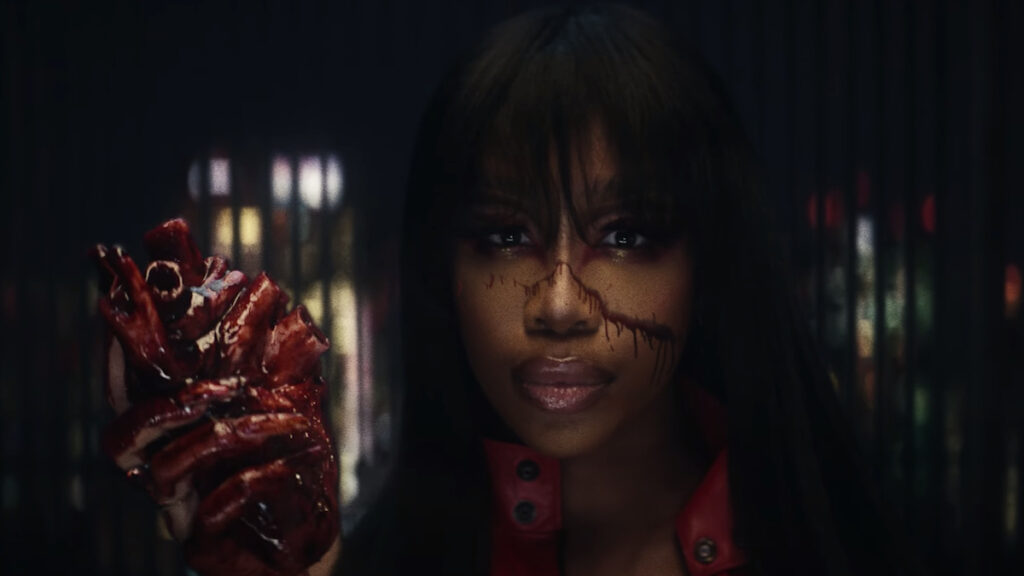
“Kill Bill” ends with the narrator confessing how she would rather be in hell, than all alone.
“I just killed my ex (my ex) / I still love him, though (I do) / Rather be in Hell than alone.”
(( “Kill Bill.” Genius.com, 2022. Accessed 2 Mar. 2023. ))
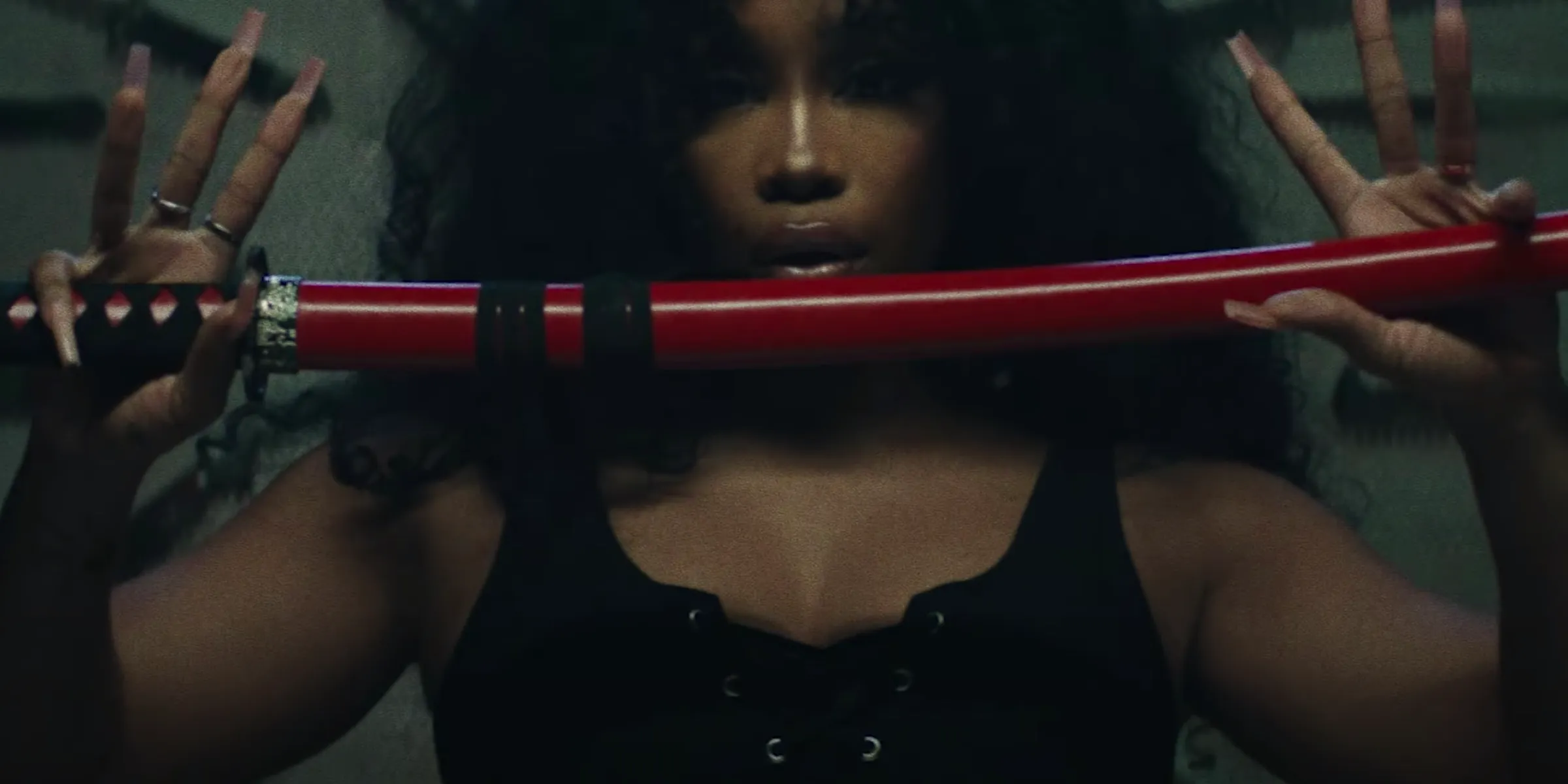
Here, the narrator puts the proverbial nail in the coffin in terms of the amount of depravity listeners are in for throughout the album. At the same time, SZA finishes off this particular track with another try at accruing sympathy, as vulnerability is another key theme to the piece of work — she doesn’t want to wallow in loneliness, which anyone can relate to.
The Existentialism Of “Ghost in the Machine”
Another song that builds from “down bad” (( Pellot, Emerald. “What Does ‘Down Bad’ Mean? The Phrase Has A Few Suggestive Meanings.” intheknow.com, 2021. Accessed 12 Feb. 2023. )) nature of “Kill Bill” is track twelve, “Ghost in the Machine,” which features indie singer-songwriter and purveyor of sad, sad songs (( Eloise, Marianne. “Phoebe Bridgers’ 10 Most Devastating Songs.” thefortyfive.com, 2020. Accessed 12 Feb. 2023. )) Phoebe Bridgers. While “Kill Bill” sets the tone for the romantic wallowing of “SOS,” “Ghost in the Machine” shrewdly mixes the realities of the music industry, intimate relationships, and existentialism.
“Everything disgusting, conversation is so boring / Heard about what? / “I hate her,” “I don’t agree,” “I did it first” / I give a fuck…”
(( “Ghost in the Machine.” Genius.com, 2022. Accessed 12 Feb 2023. )).

It isn’t a challenge to relate to any of these lyrics as an ordinary person, but assuming this song is from SZA’s perspective as a famous singer, the listener can attach some of these sentence fragments to things she might have heard in the industry. “‘I hate her,’ ‘I don’t agree,’ ‘I did it first’/ I give a fuck…” can be read as rejections from the general public — through in-person and online channels — and/or peers.
This lyric sequence mixes in the disillusionment our narrator seemingly feels about her profession with a greater existentialist theme. If one is being hounded and hears contradictory opinions at every turn, no matter what is attempted in response, someone will be left unsatisfied. In SZA’s eyes, detachment — realizing that maybe everything is insignificant — seems like the best coping mechanism.
As the song picks up, the lyrics become more and more critical of the rifts modern technology is causing in our relationships, prompting the narrator to seek out these unhealthy dynamics.
“Can you distract me from all the disaster?/ Can you touch on me and not call me after?/ Can you hate on me and mask it with laughter?…”
(( “Ghost in the Machine.” Genius.com, 2022. Accessed 12 Feb 2023. )).
It is almost as if the narrator assumes that whoever distracts her from “disaster” is also likely to treat her as badly as the critics she deals with in other aspects of her life. She craves this attention — maybe because she’s grown accustomed to it — regardless of how it will affect her self-worth in the long run.
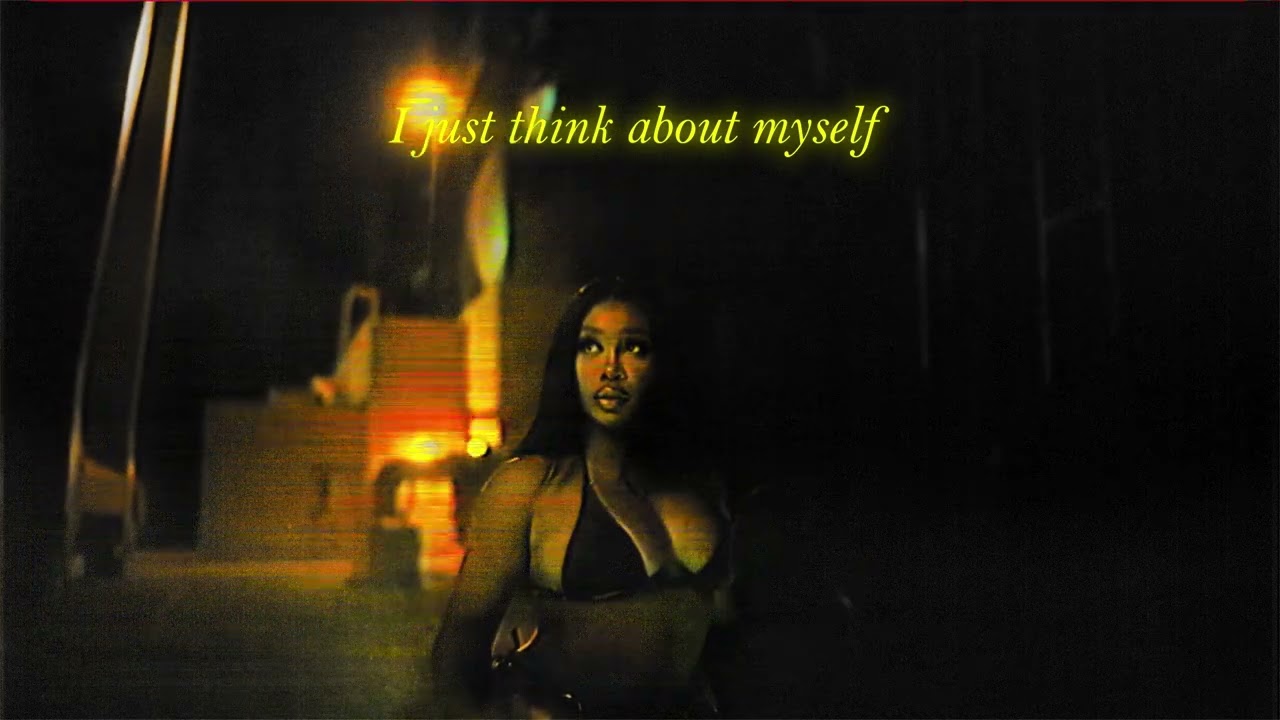
The choruses and second verse especially lay into the disconnection we experience as a result of our perpetually accessible virtual connections. SZA sings, “I need humanity / Y’all lack humanity, drowning in vanity,” over and over in the chorus, and in the second verse, she takes on the robot envy.
“Lеt’s talk about A.I., robot got more heart than I / Robot got future, I don’t / Robot get sleep, but I don’t power down…”
(( “Ghost in the Machine.” Genius.com, 2022. Accessed 12 Feb 2023. ))
The narrator’s mind is forever racing from the access modern technology grants us. We’re more connected than ever, but that also means we’re more susceptible to the vitriol at the hands of people we don’t even know, causing us to desensitize ourselves. While we can manually turn off our phones to take a break from being tuned in, our thoughts are forever with us.

As for Bridgers’ verse, her gentle vocals make the subject matter all the more heart-wrenching. Her lyrics tie everything together, acknowledging that a job in entertainment is one where tangible connections are often pushed to the wayside in pursuit of a successful career.
“I don’t get existential / I just think about myself and look where that got me / Standin’ on my own in an airport bar or hotel lobby…”
(( “Ghost in the Machine.” Genius.com, 2022. Accessed 12 Feb 2023. ))
Repairing Herself
For all the pain she works through on “SOS,” SZA also brings forth bold confidence on tracks like “Smoking on my Ex Pack” and “Good Days.” In the same vein as the songs she used to characterize her descent into misery, the singer’s more hope-filled moments on the album are presented with extreme frankness. “Good Days” somewhat mirrors “Kill Bill” in its honesty.
She’s going to kill her ex in the former, and in the latter, she knows everything works out in the end. On “Good Days” there doesn’t have to be any tangible evidence on the how this happens — she just has a gut feeling that it will (( Okusanya, Ibukunoluwa. “Still wanna try, still believe in Good Days.” medium.com. Accessed 12 Feb. 2023. )) “Smoking on my Ex Pack” relates more to the insecurities SZA details in “Ghost in the Machine,” taking control of her own fame narrative while simultaneously dissing her ex.
“Smoking On My Ex Pack:” SZA Celebrates Herself
“Smoking on my Ex Pack” does not dive into new territory thematically – it’s about a breakup, after all – but it showcases a way around heartbreak that doesn’t end in murder (i.e., the aforementioned “Kill Bill.”) Not that there’s anything wrong with having a passing moment of unbridled rage, but SZA wants the listener to understand she knows bounds more than just self-destruction. In a sense, “Smoking on my Ex Pack” is a laundry list of self-affirmations and justified clever digs.
“Infection like microbe / You test it, I might go / You push it, I might pop / I’m fuckin’ on heartthrobs / I got your favorite rapper blocked”
(( “Smoking on my Ex Pack.” Genius.com, 2022. Accessed 21 Feb. 2023. ))
She raps, comparing her superstar virality to that of infection, heeding a warning about pushing her boundaries. The narrator makes sure it’s known that not only is she seducing the best of the best, but she’s also hard-blocking those who have wronged her.
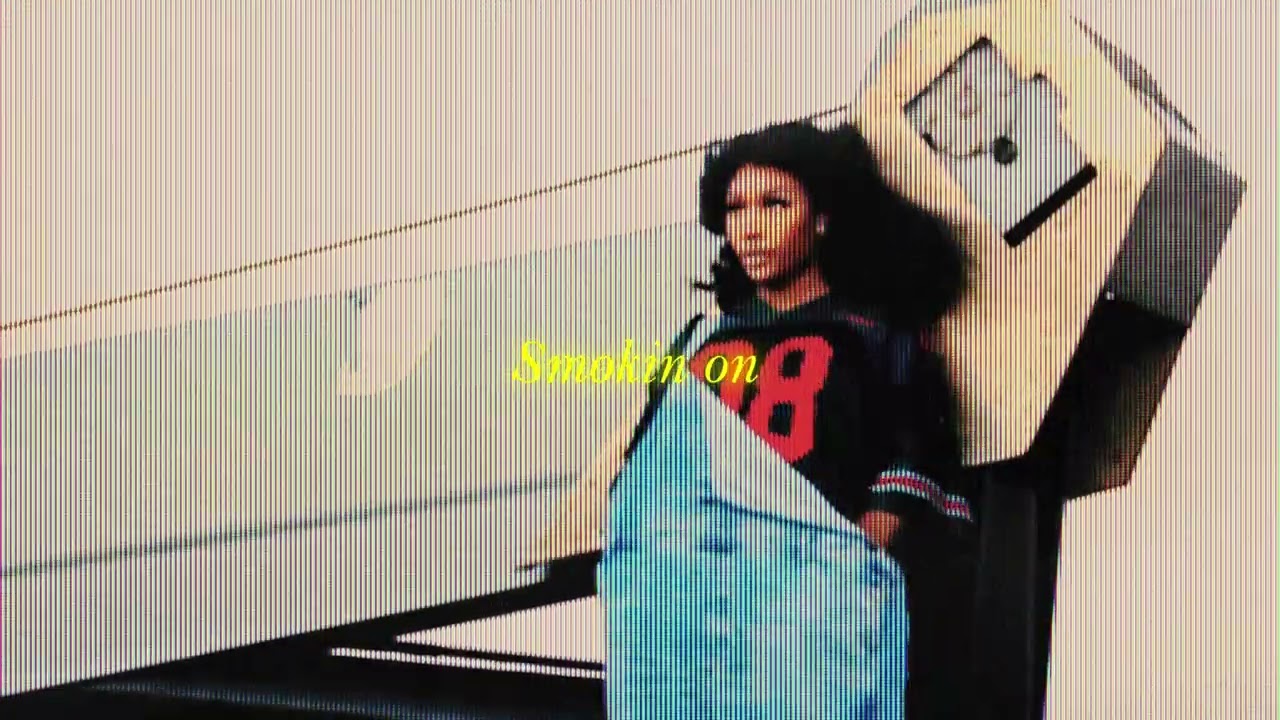
As the track continues, the self-assured narrator guides the listener through what to do if an ex wants to get back together:
“He screamin’, “Get back togеther” / I’m screamin’, “Back of the bus, trick” / Hawaii for wеather / Booty softer than leather…”
(( “Smoking on my Ex Pack.” Genius.com, 2022. Accessed 21 Feb. 2023. ))
Essentially, they had their chance, and they blew it, so get to the back of the line. Instead of trying to appeal to someone who’s shown their true colors, it’s time for self-care. The singer decides to take a tropical island vacation and bask in her beauty. To close it out, SZA leaves us with verbal shrapnel that should be enough to pierce straight through the heart of the fool who played with hers.
“Them “ho” accusations weak / Them “bitch” accusations true / You hatin’ from nosebleeds, I wish you well…”
(( “Smoking on my Ex Pack.” Genius.com, 2022. Accessed 21 Feb. 2023. ))
She proudly admits to acting like a “bitch” whether it was for good reason or not. There is empowerment in reclamation, especially when the term she is taking ownership of has been so often used to discredit a woman’s feelings and reactions. The narrator ends the song as the heavyweight champ — she celebrates her various achievements and proves how much one misses out when they lose her.
“Good Days” Looks to the Future
The second to last track on “SOS,” “Good Days,” leaves the audience with a hopeful look toward the future. SZA doesn’t lose her signature melancholy, mourning when her good day begins to crumble as she remembers someone or something that hurt her.
“Good day in my mind, safe to take a step out/ Get some air now, let yo edge out/ Too soon, I spoke/ You be heavy in my mind, can you get the heck out?”
(( “Good Days.” Genius.com, 2020. Accessed 22 Feb. 2023. ))
The narrator describes starting her day off on a good note, taking a hopeful step outside until she’s overtaken by what some might define as intrusive thoughts. She implores whoever or whatever to get out of her head, still determined to find joy in a less-than-ideal headspace.
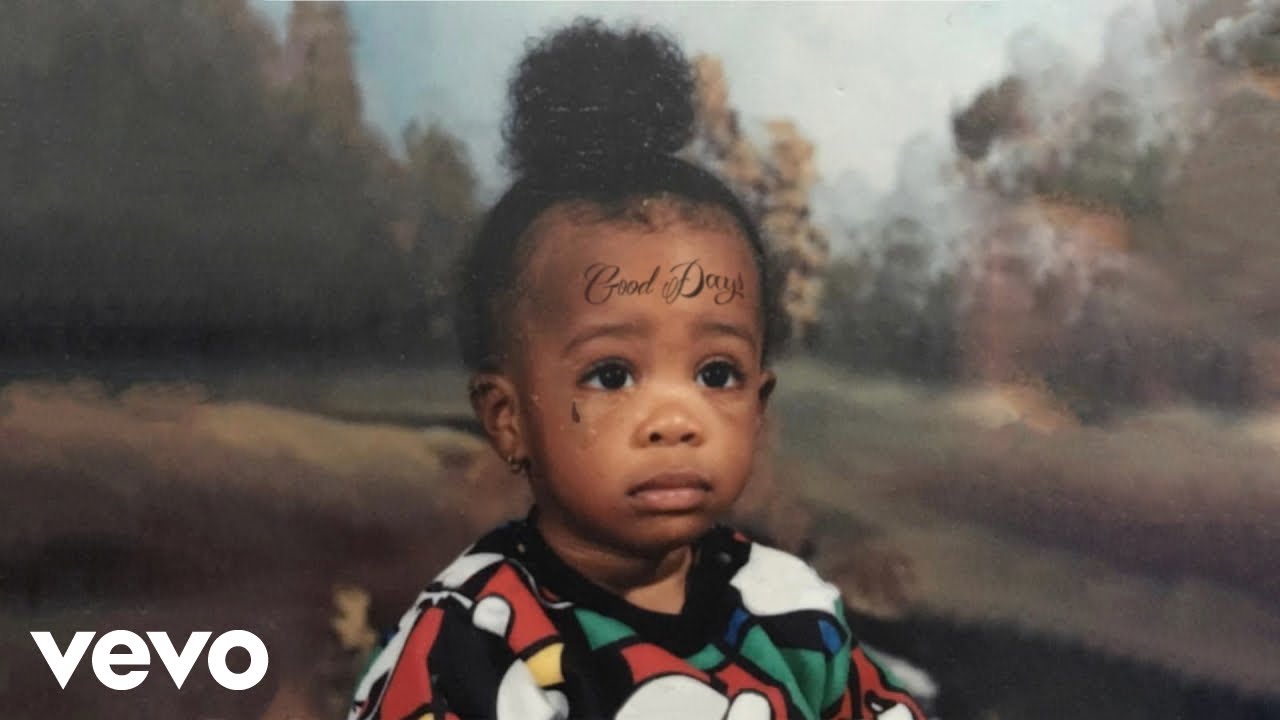
In the pre-chorus, the lyrics fall into an even darker place, that is until she decides to give up control:
“Got me a war in my mind / Gotta let go of weight, can’t keep what’s holdin’ me / Choose to watch while the world break up in front of me.”
(( “Good Days.” Genius.com, 2020. Accessed 22 Feb. 2023. ))
A callback to her album, “CTRL,” SZA sings about choosing to observe the destruction that’s taking place in front of her instead of participating in it. Worrying about controlling all the bad her in life doesn’t solve the misery, if anything, it adds to the anxiety.

From here, she launches into the chorus, proclaiming:
“All the while, I’ll await my armored fate with a smile/ Still wanna try, still believe in/ Good days, good days, always/ Always inside (Always in my mind, always in my mind, mind)/Good day living in my mind.”
(( “Good Days.” Genius.com, 2020. Accessed 22 Feb. 2023. )).
By centering on the future rather than the past or present, the narrator looks ahead to something better. Regardless of what is taking shape in front of her eyes, she has placed trust in “armored fate” — i.e. she believes her destiny is protected — giving her the courage to welcome whatever comes next.
What Breaks Us Down & Builds Us Up
“SOS” takes us on a deeply relatable and dichotomous journey. SZA hits us with the lowest lows on tracks like “Kill Bill” and “Ghost in the Machine,” which detail how far we can take self-destruction when loneliness is high and environments are hostile. On the other end of the spectrum, “Smoking on my Ex Pack” and “Good Days” illustrate the importance of trusting yourself — seemingly easy to do when you’re one of the most tenacious artists on the charts today, but that applies two-fold.
SZA goes through intense self-loathing and heartbreak just like the rest of us, and thank goodness she’s here to share what has built her back up.
